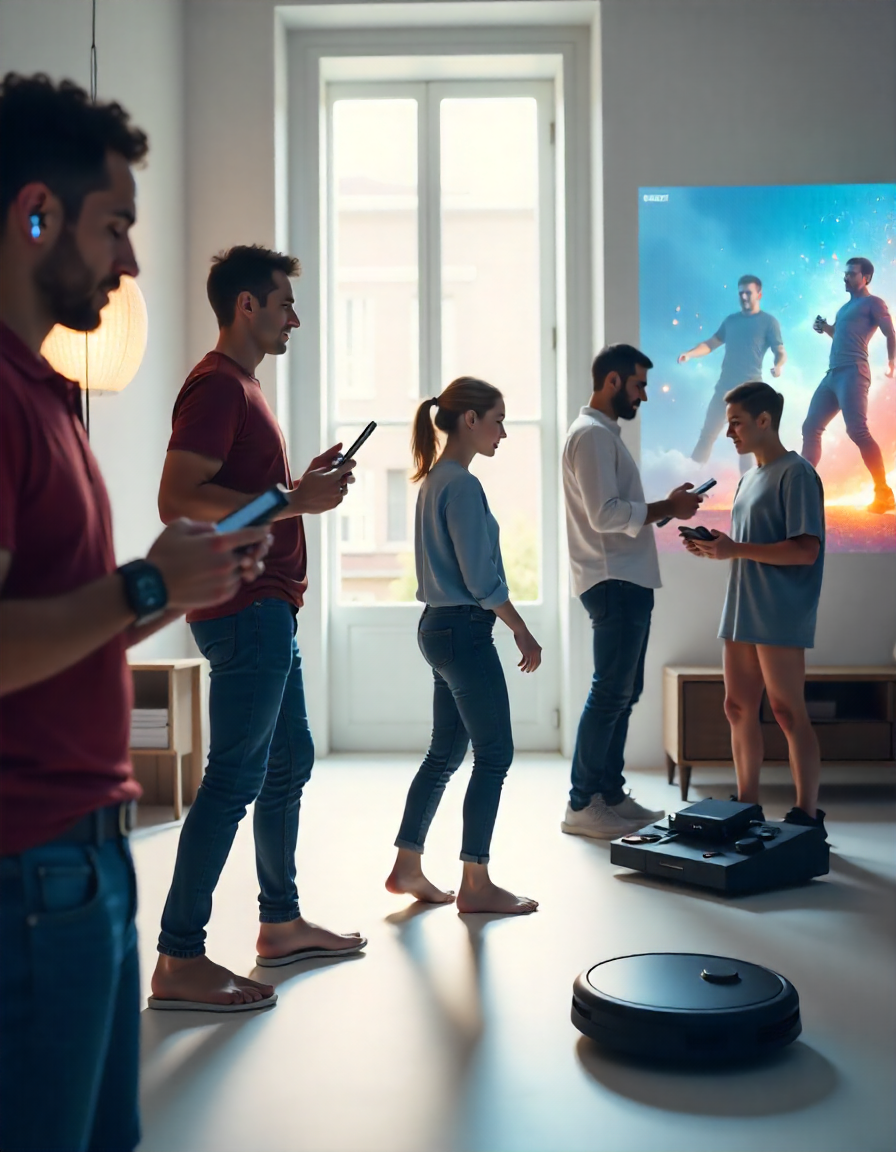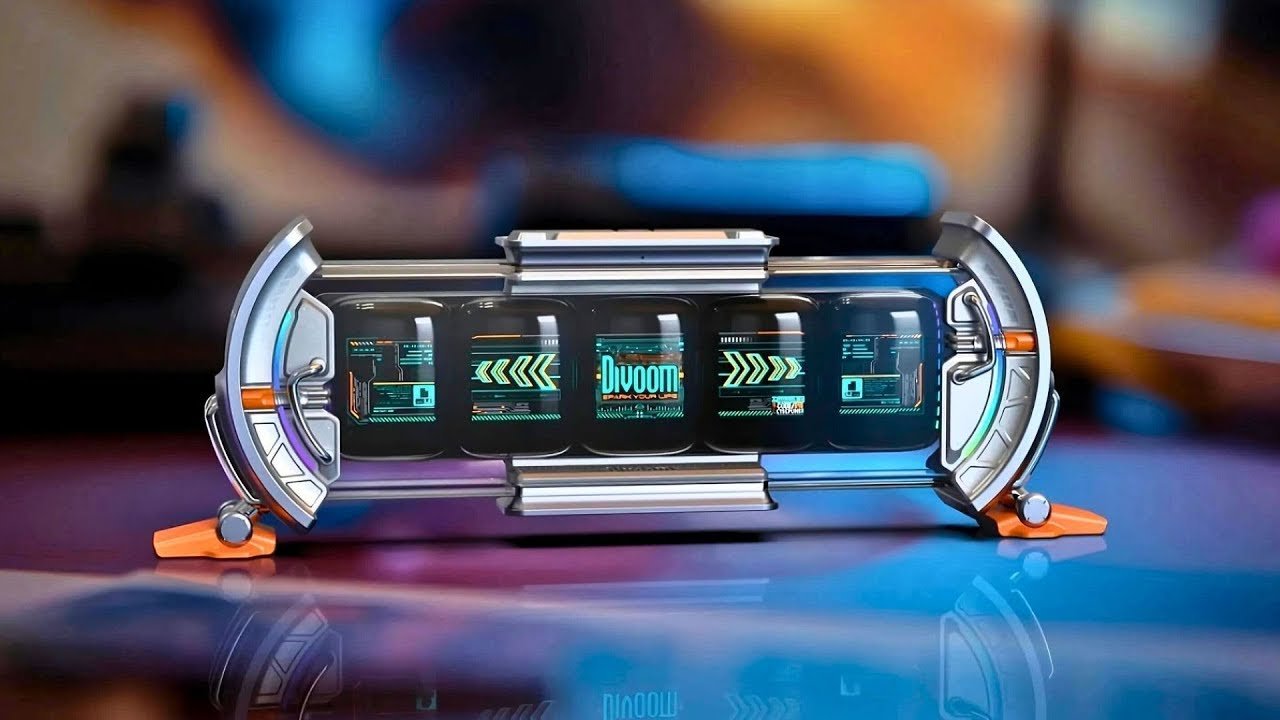Technology continues to evolve at a pace that affects nearly every aspect of daily life. Gadgets, once simple tools for convenience, have become sophisticated devices that blend design, functionality, and intelligence. From smart home devices to portable entertainment, these innovations are reshaping the way people work, live, and interact with the world.
In this article, we’ll explore the current landscape of gadgets, highlighting trends, practical applications, challenges, and the direction in which these devices are heading.
The Evolution of Gadgets
Gadgets have come a long way from basic calculators, handheld games, and early MP3 players. Modern devices are often multi-functional, connecting to the internet, integrating with other devices, and offering features powered by artificial intelligence.
Consider smartphones—they have become mini-computers, capable of video editing, digital payments, augmented reality experiences, and health tracking. Beyond phones, gadgets now include portable projectors, wireless earbuds with AI-enhanced noise cancellation, and smart home hubs that control lighting, security, and temperature.
The unifying theme across these devices is convenience and efficiency. Consumers increasingly demand tools that save time, reduce effort, and provide insights, whether for personal productivity, entertainment, or health monitoring.
Smart Home Gadgets
Smart home technology has become a cornerstone of modern gadgetry. Devices like connected thermostats, intelligent lighting systems, and voice-activated assistants are now common in many households.
Smart locks and cameras not only provide security but also offer remote monitoring and instant alerts, giving homeowners peace of mind. Kitchen gadgets, including automated coffee makers, smart ovens, and connected refrigerators, make cooking more convenient and efficient. Even cleaning has seen innovation, with robotic vacuums and mopping systems capable of mapping entire rooms.
Energy efficiency is another benefit. Gadgets can track electricity usage, optimize heating and cooling, and adjust lighting based on occupancy. This reduces environmental impact and saves money over time.
Wearable Devices as Everyday Tools
Wearable gadgets are no longer limited to fitness enthusiasts. Smartwatches, rings, and other body-mounted devices offer health insights, productivity tools, and entertainment options.
Modern smartwatches can measure heart rate, monitor sleep patterns, track steps, and even detect irregular heart rhythms. Some advanced models can provide electrocardiogram readings, making them useful for ongoing health monitoring.
Beyond health, wearables help with communication and convenience. Notifications, contactless payments, and navigation features reduce dependence on smartphones, allowing users to stay connected without constantly checking their phones.
Portable Entertainment and Connectivity
In an era of streaming and mobile computing, gadgets for entertainment have become indispensable. High-definition wireless earbuds, portable gaming consoles, and compact projectors allow immersive experiences anywhere.
For gamers, devices like handheld consoles with cloud-based streaming can replicate high-end gaming experiences without bulky hardware. Music and video streaming devices, combined with AI-powered recommendations, tailor content to individual preferences, enhancing engagement and enjoyment.
Additionally, portable power banks, solar chargers, and multi-device adapters ensure that these gadgets remain functional in any setting. The convenience of staying powered and connected is a driving factor in gadget adoption.
Health and Productivity Gadgets
A growing trend in gadget development focuses on improving personal health and productivity. For example, AI-powered personal assistants can schedule tasks, send reminders, and even suggest optimized daily routines based on user habits.
Health gadgets go beyond fitness tracking. Devices that monitor air quality, UV exposure, and posture help users maintain wellness throughout the day. Some smart glasses even incorporate vision correction and heads-up notifications for professionals who need to manage multiple tasks simultaneously.
In professional settings, gadgets like digital pens, portable scanners, and ergonomic wireless keyboards improve efficiency. Meeting rooms equipped with smart displays, voice-controlled conference systems, and automated transcription tools streamline collaboration and communication.
Challenges in the Gadget Ecosystem
Despite the remarkable advancements, several challenges remain in the gadget sector:
-
Battery Limitations – High-tech devices often require frequent charging. Developing more efficient energy solutions or integrating energy harvesting technologies remains crucial.
-
Data Privacy – Many gadgets collect personal information. Protecting this data is essential to maintain consumer trust.
-
Device Integration – With multiple gadgets in daily use, compatibility and seamless connectivity are ongoing challenges. Consumers often face fragmented experiences when devices from different brands fail to communicate efficiently.
-
Affordability – Advanced gadgets can be costly. Ensuring accessibility without compromising functionality is key to broader adoption.
-
Obsolescence – Rapid technological advancements mean that devices can quickly become outdated, creating both financial and environmental concerns.
Emerging Trends
Several key trends are shaping the future of gadgets:
-
AI and Machine Learning: Gadgets are becoming smarter, analyzing user behavior to provide predictive and personalized experiences.
-
Voice and Gesture Control: Hands-free operation is gaining popularity, particularly in smart homes and portable devices.
-
Sustainable Design: Eco-friendly materials and energy-efficient components are increasingly important for conscious consumers.
-
Miniaturization: Smaller, more powerful devices allow users to carry multiple functionalities without the bulk.
-
Augmented and Virtual Reality: AR and VR gadgets are finding applications in gaming, education, and workplace training.
Conclusion
The modern gadget landscape is more than a collection of tools—it represents a fusion of innovation, convenience, and lifestyle enhancement. From smart homes to wearables, portable entertainment, and productivity aids, these devices enrich daily life while presenting new challenges in privacy, integration, and sustainability.
Looking ahead, gadgets will continue to evolve, blending further with artificial intelligence, wearable technology, and smart environments. The devices of tomorrow may anticipate needs, suggest solutions, and integrate seamlessly into personal and professional life.
For users, the key is to embrace gadgets not just as novelties but as tools that can enhance productivity, health, and personal convenience. For developers and designers, the challenge lies in creating devices that balance innovation, practicality, and responsible use—shaping a connected world that benefits everyone.


